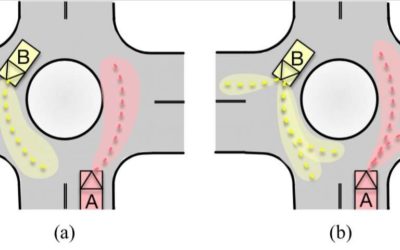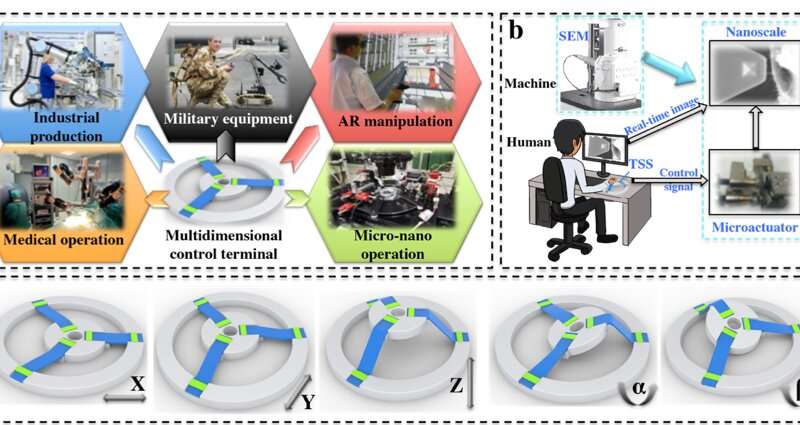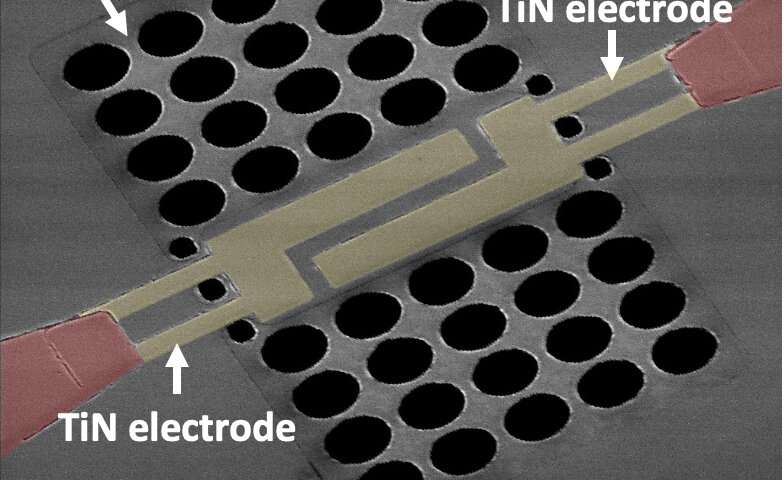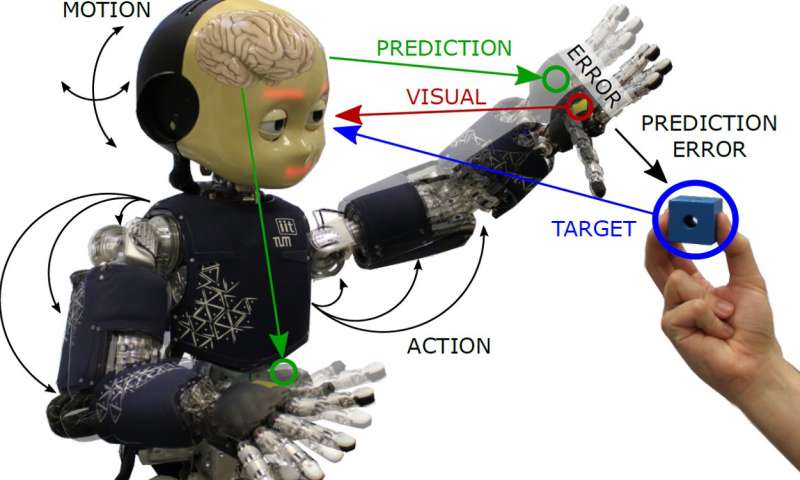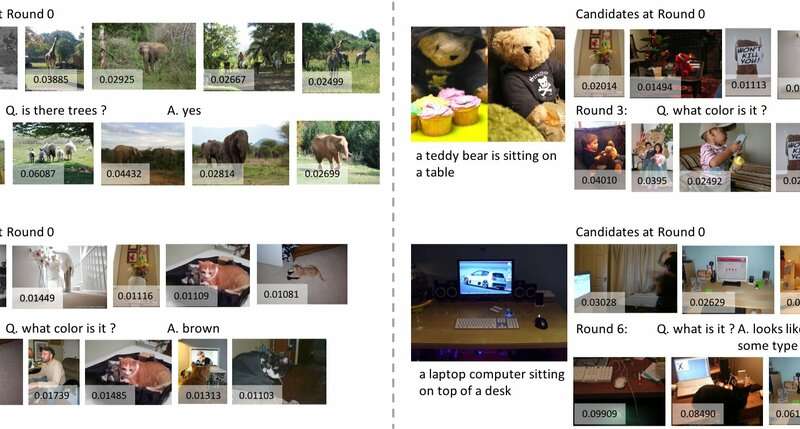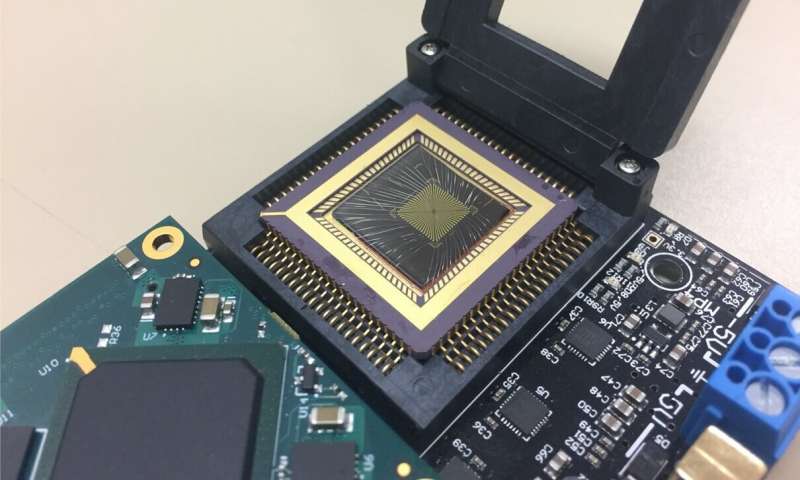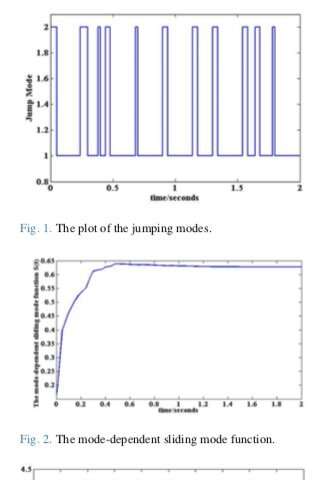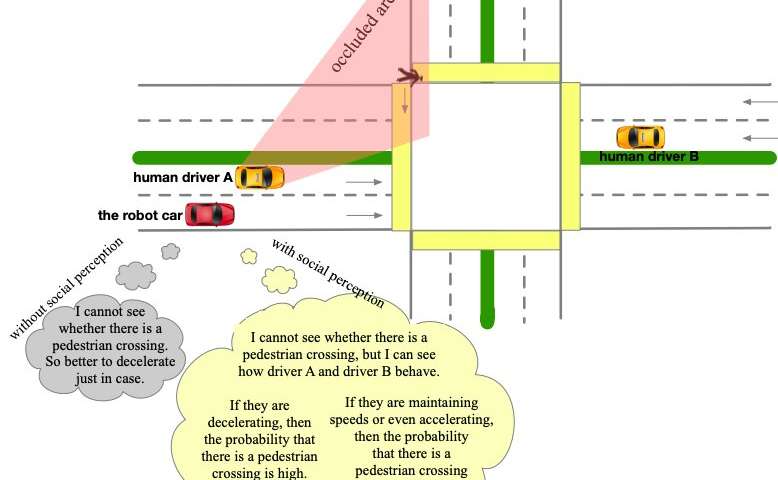Researchers at the University of California (UC), Berkeley, have recently developed a generative model that can predict the sequential motions of pairs of interacting agents, including self-driving vehicles as well as vehicles with human drivers. Their method,...
TECHXPLORE
An ultra-stretchable triboelectric strip sensor (TSS) to control objects in 3-D space
Nanogenerators, technological tools that can convert mechanical or thermal energy into electricity, come in three key designs: piezoelectric, triboelectric and pyroelectric. While piezoelectric and triboelectric nanogenerators can convert mechanical energy into...
An ultrathin nanoelectromechanical transducer made of hafnium zirconium oxide
Recently developed nanomechanical resonators that can operate at super-high (i.e., three to 30 GHz) and extremely high (30 to 300 GHz) frequency regimes could be extremely valuable for the development of more advanced semiconductor electronics such as wideband...
Applying active inference body perception to a humanoid robot
A key challenge for robotics researchers is developing systems that can interact with humans and their surrounding environment in situations that involve varying degrees of uncertainty. In fact, while humans can continuously learn from their experiences and perceive...
AQM+: A new model for visual dialog question generation
Researchers at Clova AI Research, NAVER and LINE, have recently proposed a new framework called AQM+ that allows dialog systems to generate context-relevant questions and answers. Their model, outlined in a paper pre-published on arXiv, will be presented at the 7th...
A reservoir computing system for temporal data classification and forecasting
Over the past decade or so, deep-learning approaches have become increasingly efficient in processing static data such as images. However, these techniques have been found to be somewhat less effective in analyzing temporal data, such as videos, human speech and other...
A simple technique allows robots to recognize touch and proximity
Researchers at the University of Hertfordshire have recently proposed an easy and configurable technique that enhances a robot's ability to perceive and interact with people in its surroundings. Their technique, presented in a paper pre-published on arXiv, utilizes...
A sliding mode control scheme for nonlinear positive Markov jumping systems
Researchers at Anhui University in China have recently developed a new method to enable sliding mode control in a class of nonlinear positive Markov jumping systems (MJSs) with uncertain parameters. Their approach is outlined in a paper published in Springer's...
A social perception scheme for behavior planning of autonomous cars
To navigate dynamic environments, autonomous vehicles (AVs) should be able to process all information available to them and use it to generate effective driving strategies. Researchers at the University of California, Berkeley, have recently proposed a social...
A social robot to enhance children’s handwriting skills
Researchers at CHILI Lab (Ecole Polytechnique Fédérale de Lausanne) in Switzerland and GAIPS Lab (University of Lisbon) in Portugal have recently developed an autonomous system designed to assist children in improving their handwriting skills. The system they created,...

